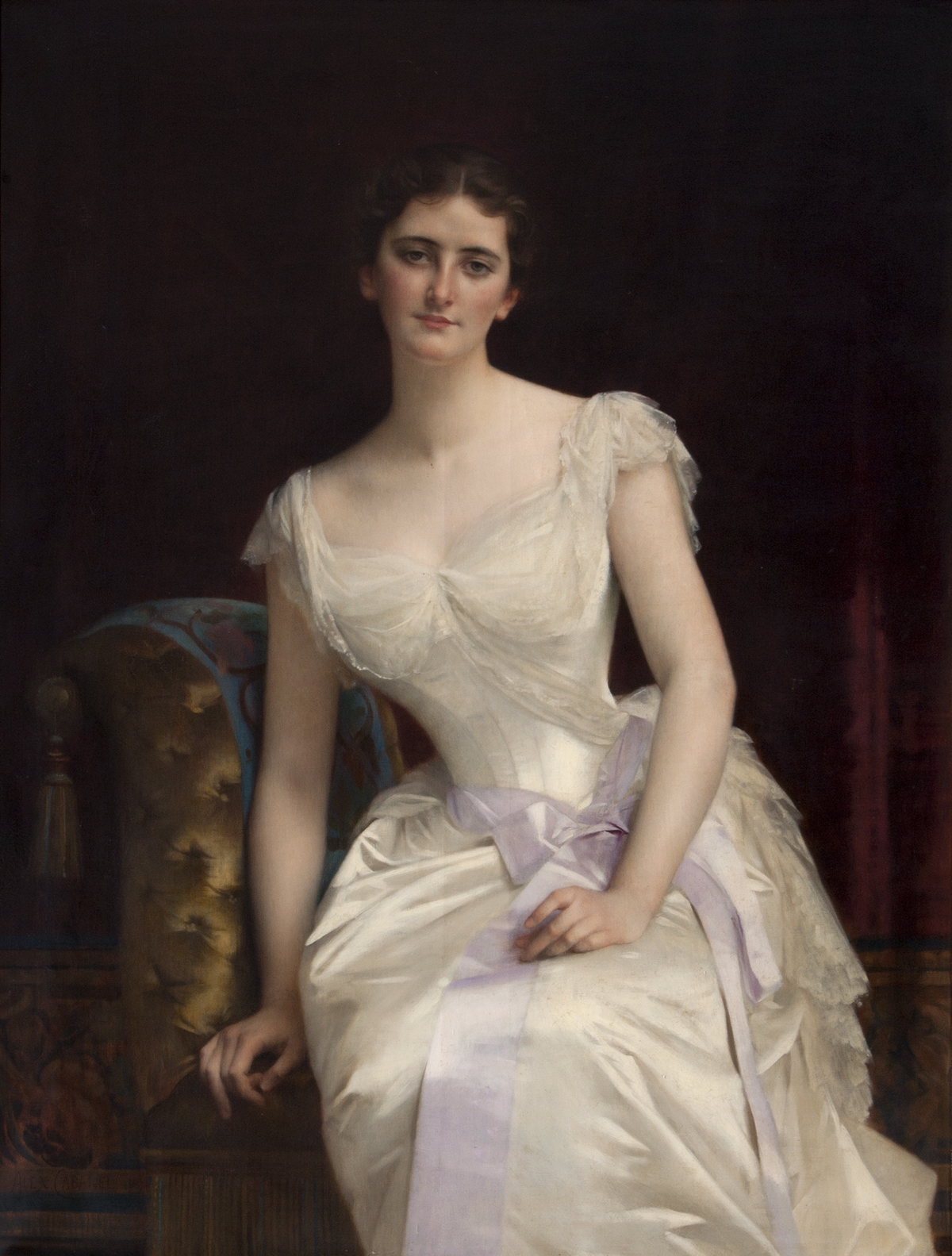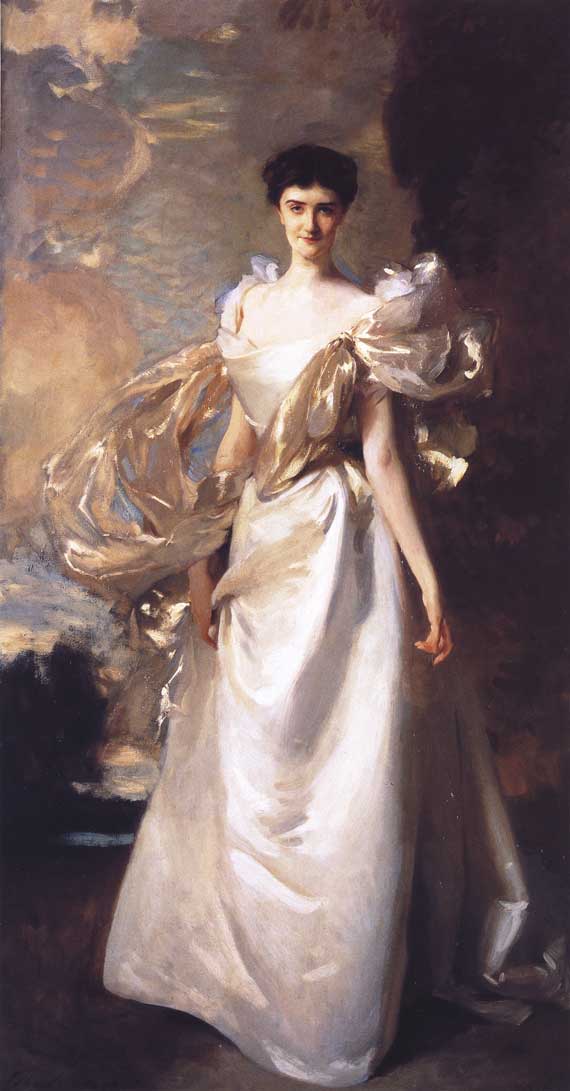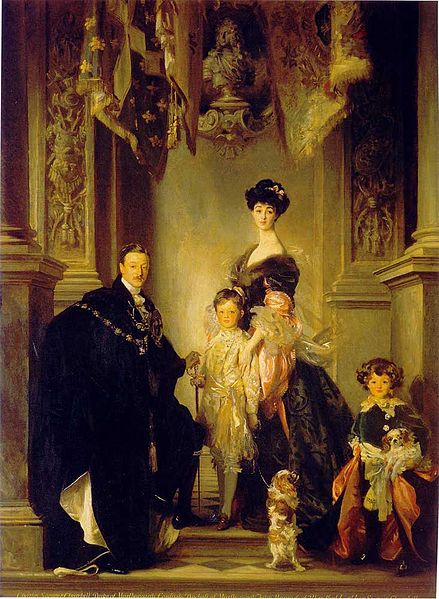 |
| Mary Leiter, future Baroness Kedleston |
Mary Leiter was the daughter of Chicago businessman Levi Leiter, who co-founded the Marshall Fields department store empire. She was one of the second generation Buccaneers who was highly educated, beautiful, and adept at all those social niceties so coveted by young ladies the world over.
After spending time on Dupont Circle in Washington, D.C., Mary (who was BFFs with first lady Frances Folsom Cleveland) did the obligatory tour of Europe before landing in London in 1894. There she met George Curzon, an enterprising journalist, world traveler, politician, and heir to the Barony at Scarsdale. They both seem quite enamored of each other, but strangely enough, they went their separate ways at the end of the season. Mary went back to Washington and George continued to gallivant the East Indies.
 |
| George Curzon, Baron Kendleston |
They lived in India for many years, where Mary was known for her society shindigs and philanthropy. The couple had three daughters--Mary, Cynthia, and Alexandra--all of whom either slept with or were married to the famous socialist Oswald Mosely. As was their future stepmother. Um, gross?
Sadly, Mary suffered greatly from a miscarriage and never fully recovered. Apparently she underwent some sort fertility related surgery as well in an attempt to conceive a son for dear George's barony. She died in London in 1906 at the age of thirty-six. George was so distraught that he erected a memorial chapel for her remains on the grounds of Kedleston Hall.
 |
| Margaret "Daisy" Leiter by John Singer Sargent |
The other Leiter sister Margaret, better known as Daisy, was also a successful buccaneer. She married Henry Howard, the 19th Earl of Suffolk (and 15th Earl of Berkshire) in 1904.
In 1931, the Leiter family was divided when Daisy sued her brother Joseph over his mismanagement of their father's multi-million dollar estate. The lawsuit dragged on for eight years and racked up over a million dollars in court and attorney fees. Though Joe's tastes were extravagant (he famously purchased some 50 dozen pairs of silk socks and at one point tried to buy the Great Wall of China), the court refused to intervene since he had managed to increase the estate's working capital from 12 million to 17 million. However, when a special audit was conducted six weeks later, Joseph voluntarily resigned. When he died the next year, his personal estate was worth a million dollars. Daisy was still living in London when a 1937 Time Magazine article documented the trials and tribulations of the fabulous Leiter family.

